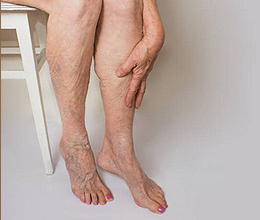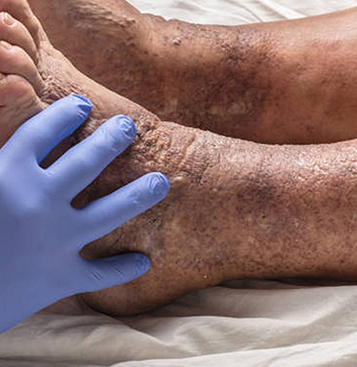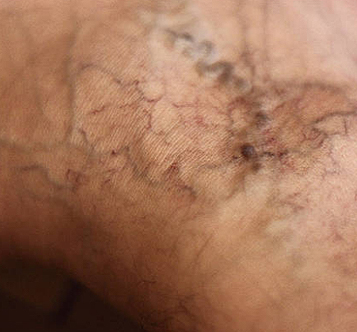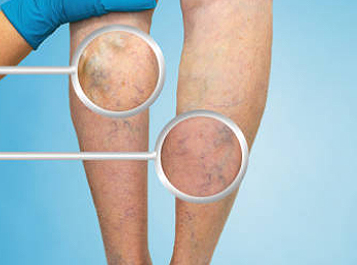The terms “spider veins” and “varicose veins” are often heard in tandem, and it’s true that the two conditions share some characteristics. Both spider veins and varicose veins cause your blood vessels to be more visible below the surface of your skin, and both can lead to some discomfort.
But there is more to both, including different treatment options. After a consultation with your Manhattan vein doctor, you’ll have a much clearer understanding of:
- Which term applies to your symptoms
- How best to proceed





